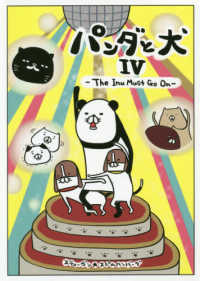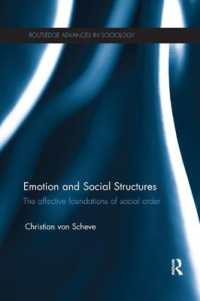Full Description
How did copyright laws come into being? Were they designed to encourage production and dissemination? Are current policy assumptions justified? Critics claim that laws facilitate predatory pricing and distribution controls, denying millions access to material. Advocates argue that legislation creates productive incentive. Without stringent legal safeguards creators and producers will produce much less. This book brings to life the fascinating hidden interplay of personalities and events that made modern copyright law. Illuminating the history of Australian legislation (and complementary developments in the United Kingdom and elsewhere) it supplies surprising answers to previously unanswered questions. In the words of Professor Brian Fitzgerald, it 'provides any student, policy maker, practitioner or user of copyright law with a tremendous platform on which to build understanding, argument and ultimately policy direction.'
Contents
Acknowledgements
Foreword
Preface Introduction
Australia's first act
International developments
A new era and new legislation
The broadcasting revolution and performing rights
The APRA wars and the Rome conference
The radio war and a new performing right
Public inquiry and arguments over performing rights
Beyond authors' rights
Reform
A new British act and the Spicer Committee
The road to the new Australian Copyright Act
Developments in Australia after 1968
After 1980: collecting societies and software copyright
The age of America
Policy observations
Bibliography
Appendix 1
Appendix 2
Appendix 3
Appendix 4
Index








